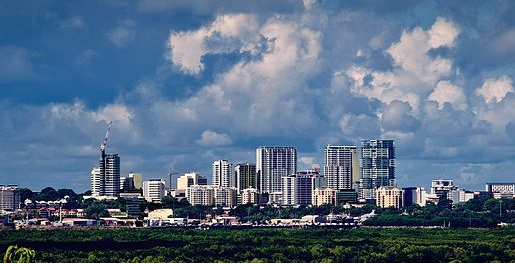
EXPERT REACTION: Darwin city centre evacuated after 7.2 magnitude earthquake
It has just been reported that a 7.2 magnitude earthquake has occurred off the coast of Darwin. The Bureau of Meteorology says there is no tsunami threat from the earthquake, which occurred at a depth of 207km in the Banda Sea, north of Australia
Organisation/s: The University of Melbourne, Curtin University, Griffith University, University of Technology Sydney (UTS), The University of Newcastle
News for:
Australia
NSW
VIC
QLD
WA
NT
Media contact details for this story are only visible to registered journalists.


Expert Reaction
These comments have been collated by the Science Media Centre to provide a variety of expert perspectives on this issue. Feel free to use these quotes in your stories. Views expressed are the personal opinions of the experts named. They do not represent the views of the SMC or any other organisation unless specifically stated.